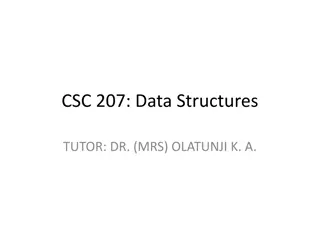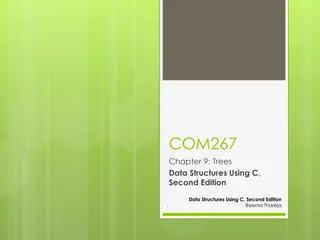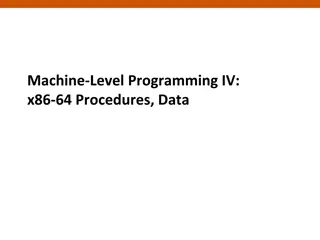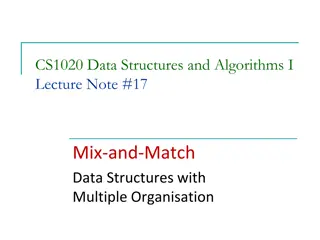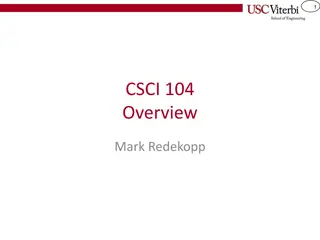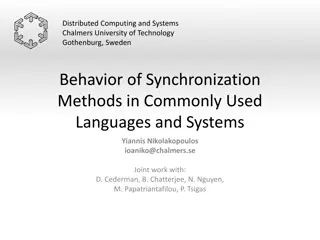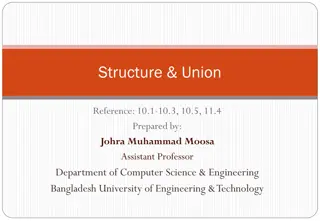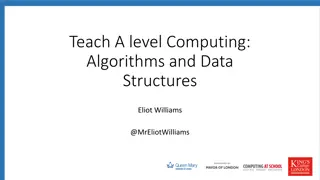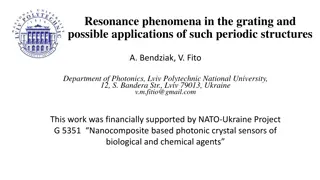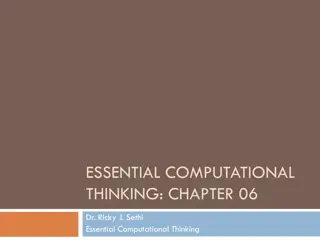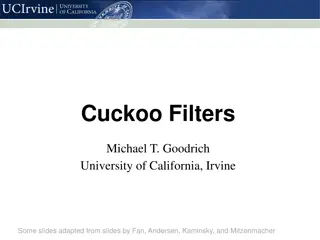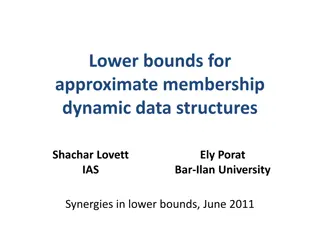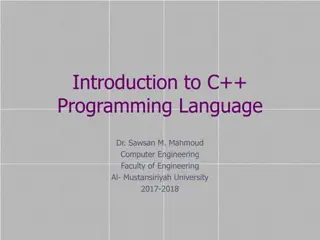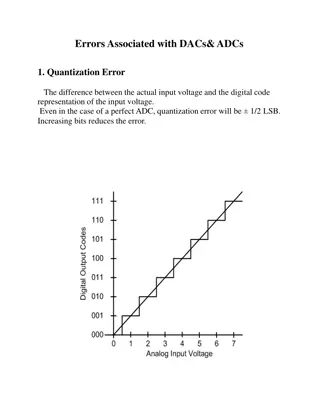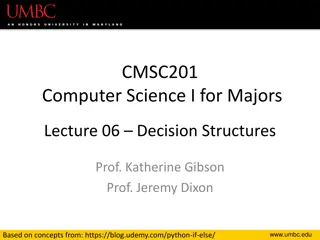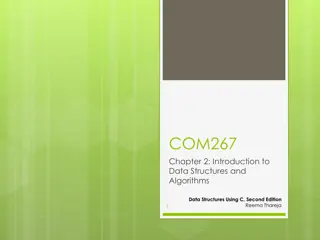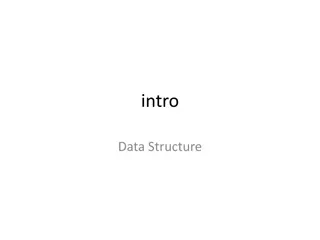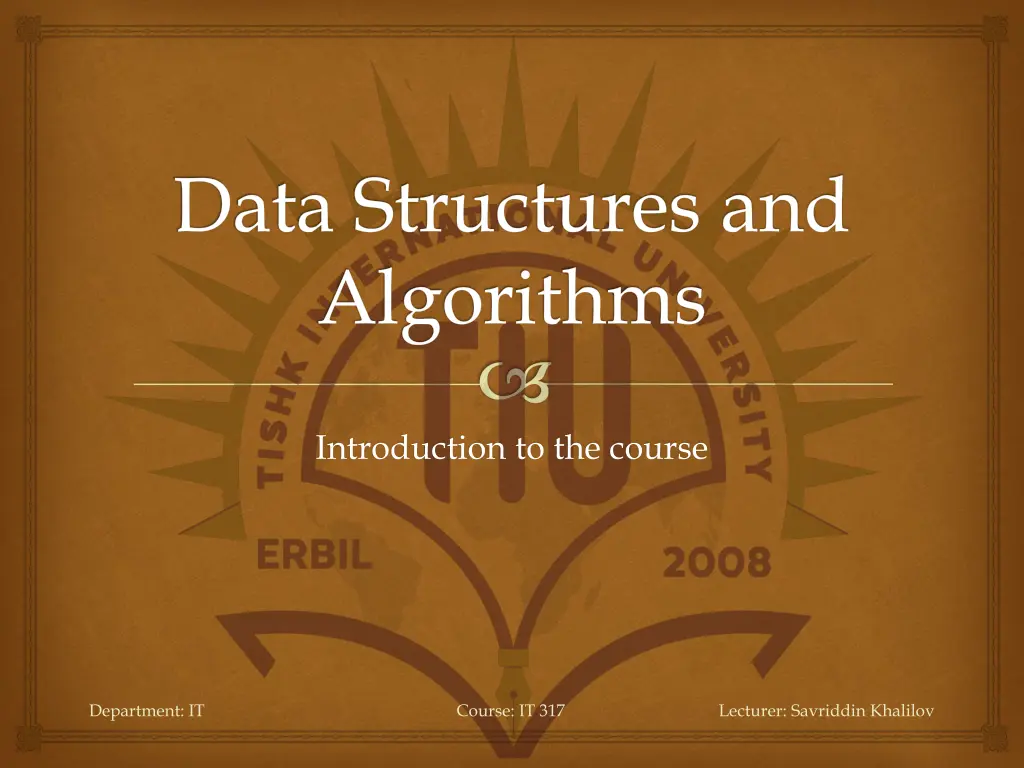
Understanding Data Structures and Algorithms in IT Courses
Dive into the world of data structures and algorithms with this comprehensive introduction to the IT course IT 317. Explore key concepts such as algorithms, programs, data structures, and pseudo-code under the guidance of lecturer Savriddin Khalilov.
Download Presentation

Please find below an Image/Link to download the presentation.
The content on the website is provided AS IS for your information and personal use only. It may not be sold, licensed, or shared on other websites without obtaining consent from the author. If you encounter any issues during the download, it is possible that the publisher has removed the file from their server.
You are allowed to download the files provided on this website for personal or commercial use, subject to the condition that they are used lawfully. All files are the property of their respective owners.
The content on the website is provided AS IS for your information and personal use only. It may not be sold, licensed, or shared on other websites without obtaining consent from the author.
E N D
Presentation Transcript
Data Structures and Algorithms Introduction to the course Department: IT Course: IT 317 Lecturer: Savriddin Khalilov
Definitions Algorithm: Outline, the essence of computational procedure, step- by-step instructions Program: An implementation of an algorithm in some programming language Data structure: Organization of data to solve the problem Department: IT Course: IT 317 Lecturer: Savriddin Khalilov
Algorithmic problem Specification of INPUT Specification of OUTPUT ? Infinite number of input instances satisfying the specification. Example: A sorted, non-decreasing sequence of natural numbers of non-zero, finite length: 1, 300, 555, 556, 1000 Department: IT Course: IT 317 Savriddin Khalilov
Algorithmic solution Input instance adhering to the specification Output related to the input as required Algorithm Algorithm describes actions on the input instance Infinitely many correct algorithms for the same algorithmic problem Department: IT Course: IT 317 Savriddin Khalilov
What is a good Algorithm? Efficient: Running time Space used Efficiency as a function of input size: The number of bits in an input number Number of data elements (numbers, points) Department: IT Course: IT 317 Savriddin Khalilov
Pseudo-Code A mixture of natural language and high-level programming concepts that describes the main ideas behind a generic implementation of a data structure or algorithm Example: Algorithm arrayMAX(A,n): Input: Set A with n integers. Output: The maximum element in the set A. currentMAX A[0] for i 1 to n-1 do if currentMAX < A[i] then currentMAX A[i] return currentMAX Department: IT Course: IT 317 Savriddin Khalilov
Pseudo-Code It is more structured than usual prose but less formal than a programming language Expressions: Use standard mathematical symbols to describe numeric and boolean expressions Use sign for assignment (= in C++) Use = for equality relationship (== in C++) Method declaration: Algorithm name(param1, param2) Department: IT Course: IT 317 Savriddin Khalilov
Pseudo-Code Programming Constructs: decision structures: if then [else ] while-loops: while do repeat-loops: repeat until for-loop: for do array indexing: A[i], A[i,j] Methods: calls: object method(args) returns: return value Department: IT Course: IT 317 Savriddin Khalilov


